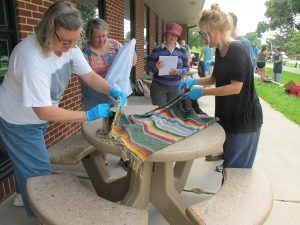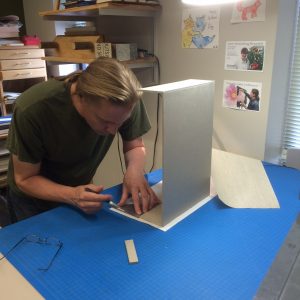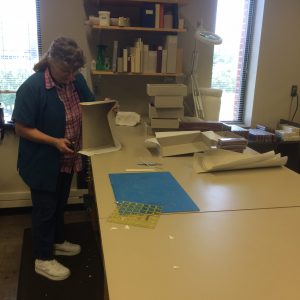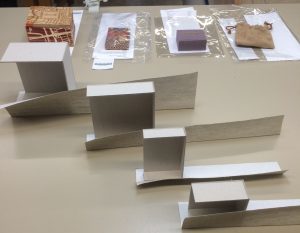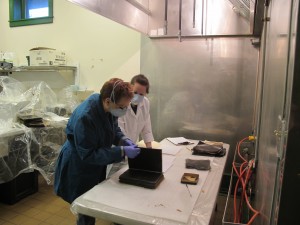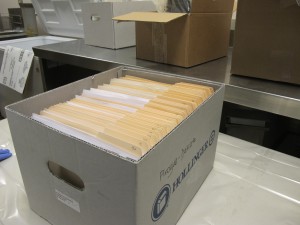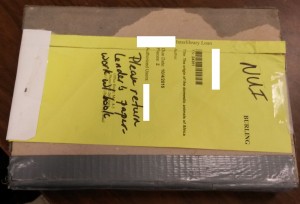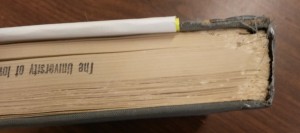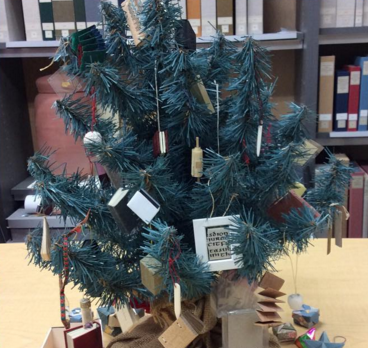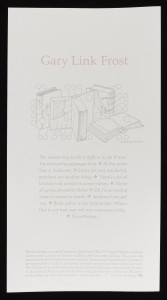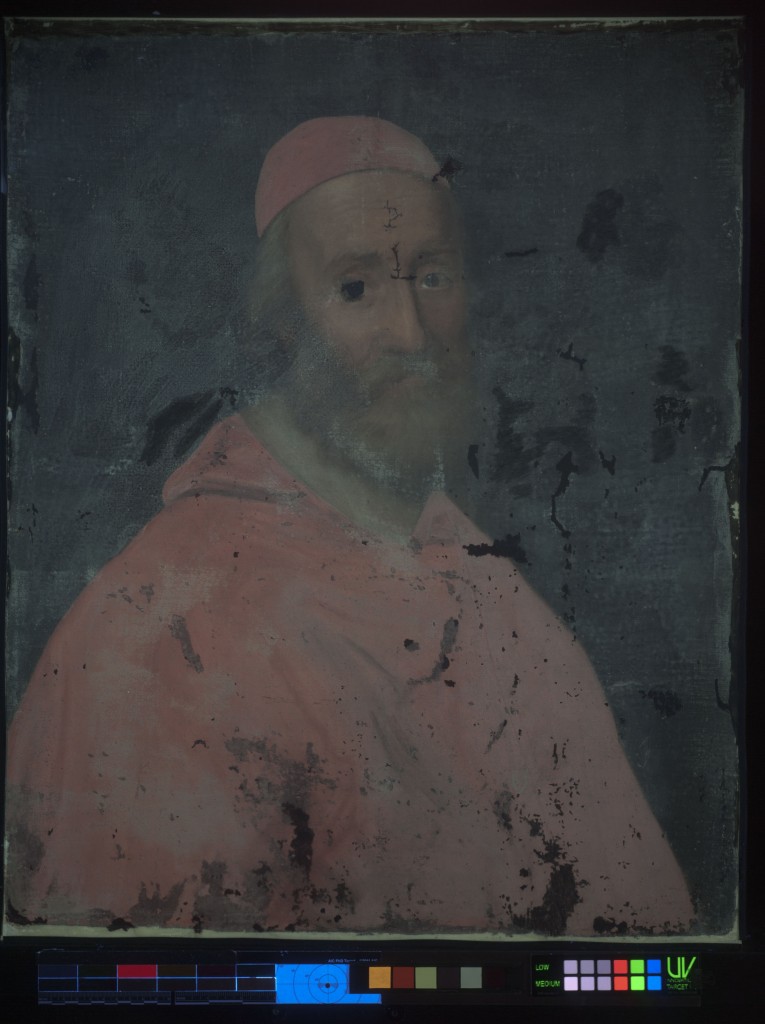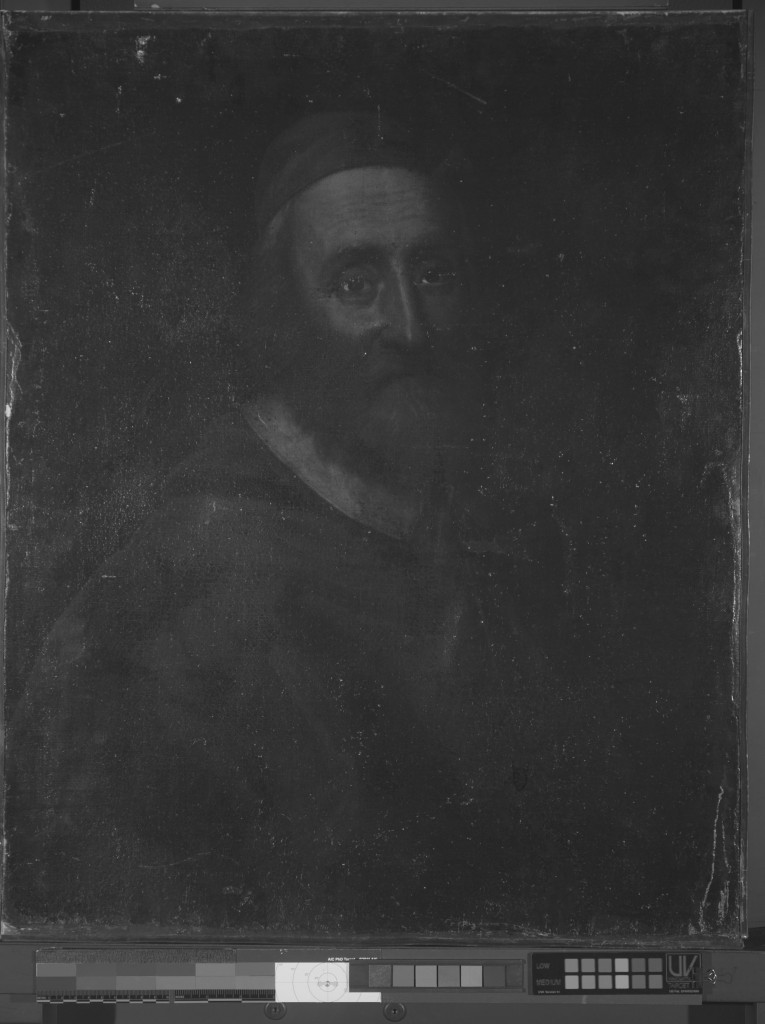By Ben Bessman, Digitization Assistant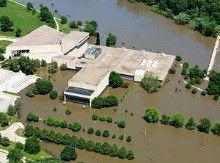
Hancher Auditorium had been a noteworthy stop for world famous musical acts, theatre productions, dance companies, and guest speakers in the Midwest since 1972, until its original location was flooded out in June of 2008. Since then various community sites have served as hosts for the wide variety of performers that normally would have graced the halls of this landmark theater. But 2016 will bring a welcomed change when the new and improved Hancher Auditorium will open its doors and once again showcase many of the world’s premiere acts.
For more than three decades many of the best Broadway shows, international dance and music troupes, and solo  artists made their stop in Iowa City, with many coming back over and over again throughout the years. And thanks to the quick thinking of Hancher Auditorium staff, many of the original posters from those early performances are still intact and have now been digitally preserved as part of the Iowa Digital Library. The large size of these posters (or “show bills”) required a handful of people to feed them through our 54” Context HD scanner, with most of the preservation images created from this process averaging around 2.0 GB, before we trim them down a little.
artists made their stop in Iowa City, with many coming back over and over again throughout the years. And thanks to the quick thinking of Hancher Auditorium staff, many of the original posters from those early performances are still intact and have now been digitally preserved as part of the Iowa Digital Library. The large size of these posters (or “show bills”) required a handful of people to feed them through our 54” Context HD scanner, with most of the preservation images created from this process averaging around 2.0 GB, before we trim them down a little.
These show bills beautifully represent not only Hancher Auditorium’s rich history but the astounding range of performers who have entertained and enlightened our community throughout the years. From musical greats like Duke Ellington, Vladimir Ashkenazy, and Leonid Kogan, to their more contemporary counterparts Bonnie Raitt and Bruce Springsteen- strolling through the show bills of the past is discount time travel at its best. Discovering gems you never knew about- Ricardo Montalban headlining “Don Juan in Hell” for example, becomes a rewarding experience.
https://www.instagram.com/p/4CzAHMl7Fy/
Preserving these materials, from William F. Buckley Jr.’s conservative philosophy lecture in 1974 to Hunter S. Thompson’s “gonzo” journalism speech in 1978, is an important step in celebrating Hancher’s past. The posters themselves offer as wide a variety of artistic styles as the artists they promote- each feeling specifically designed to capture the spirit of the event being held. Which, of course, is the idea of the show bill in the first place- it’s where art and advertisement meet.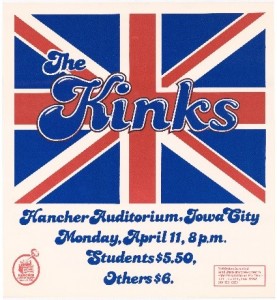
So whether you are a fan of “Grease”, the Vienna Choir Boys, the Royal Swedish Ballet, or the Grateful Dead, these show bills from Hancher Auditorium’s esteemed past surely will have something that will interest you. We invite you to come take a look for yourself. http://digital.lib.uiowa.edu/hancher
